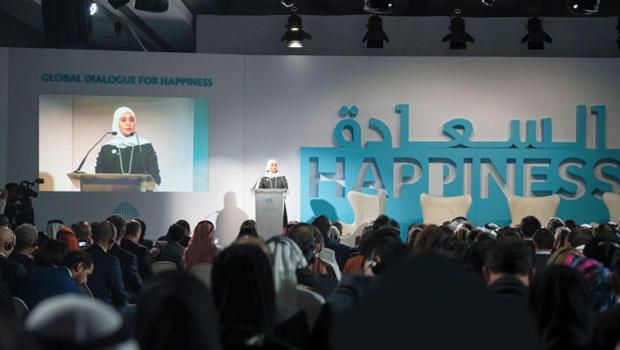
All human language favors positive words, according to researchers. This means psychologically we use more positive words than negative ones.
Researchers have discovered this when they conducted a study where they analyzed Arabic movie subtitles, Russian novels, English lyrics and Korean tweets, to name a few sources.
"We looked at 10 languages," says study co-author Peter Dodds, a mathematician at the University of Vermont, "and in every source we looked at, people use more positive words than negative ones."
Their findings confirm the 1969 Pollyanna Hypothesis, which found a universal trend of selecting more positive words than negative ones for communication, suggesting that humans are innately optimistic.
The current study's method tested the Pollyanna Hypothesis on modern terms, working with billions of words based on their usage instead of relying on humans for an educated analysis, which today's researchers liken to a guess.
Working with 24 types of sources including books, news outlets, social media, websites, television and movie subtitles and music lyrics, the team estimates to have collected one hundred billion words – what Dodds refers to as the atoms of language.
They identified the top 10,000 most commonly used words in each of the 10 languages, which included English, Spanish, French, German, Brazilian Portuguese, Korean, simplified Chinese, Russian, Indonesian and Arabic.
Native speakers were then paid to assess the undertones of these words on a nine-point scale, with nine being the most positive.
For example, in English, the word "laughter" garnered a score of 8.50 and "terrorist" came in at 1.30.
Regardless of the language, all 24 of the sources of words analyzed scored above the neutral mark of five.
"The estimated emotional content of words is consistent between languages," the team reports after translating some of the words they worked with.
Spanish-language websites had the highest average word happiness and Chinese books had the lowest, according to the study, which was published in the journal Proceedings Of The National Academy of Sciences of the United States of America.
The team is currently working to apply a happiness-measuring gadget called a hedonometer to their work.
The hedonometer is part of a larger project to measure happiness in large-scale texts and is currently being used to analyze Twitter posts in English at a speed that's close to real-time, say the researchers.

This graph displays the happiest languages, starting at the top.




